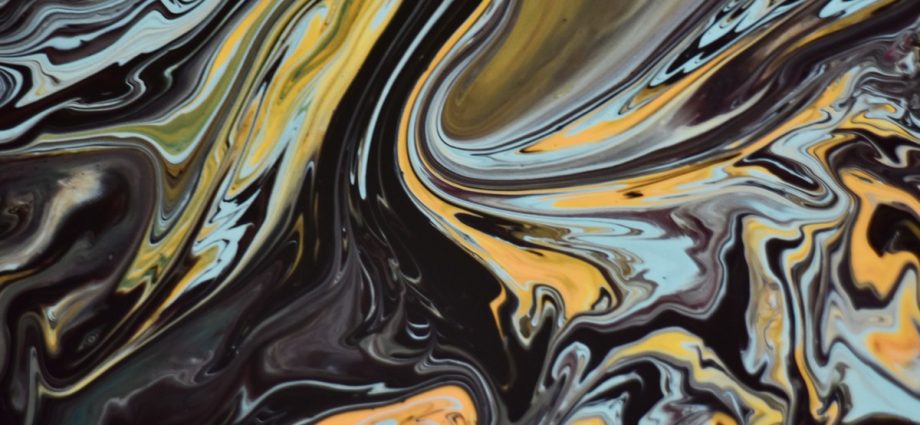Everyone knows what an explosion is, but what about its opposite, an implosion? … Put simply, an implosion is the opposite of an explosion, matter and energy collapse inward and all implosions are caused by some form of pressure acting from the outside on an object.
Has a hydrogen bomb been used?
A hydrogen bomb has never been used in battle by any country, but experts say it has the power to wipe out entire cities and kill significantly more people than the already powerful atomic bomb, which the U.S. dropped in Japan during World War II, killing tens of thousands of people.
Can you survive a nuclear bomb in a fridge?
GEORGE LUCAS IS WRONG: You Can’t Survive A Nuclear Bomb By Hiding In A Fridge. … “The odds of surviving that refrigerator — from a lot of scientists — are about 50-50,” Lucas said.
What is the largest nuke in the world?
Tsar Bomba: The Most Powerful Nuclear Weapon Ever Built. On October 30, 1961, a specially equipped Soviet Tu-95 bomber flew toward Novaya Zemlya, a remote chain of islands in the Arctic Ocean that the U.S.S.R.
What was the first nuke called?
Trinity was the code name of the first detonation of a nuclear device. It was conducted by the United States Army at 5:29 a.m. on July 16, 1945, as part of the Manhattan Project.
Would a fusion bomb have radiation?
Fusion, unlike fission, is relatively “clean”—it releases energy but no harmful radioactive products or large amounts of nuclear fallout.
What was the last nuclear bomb test?
Shot Divider of Operation Julin on 23 September 1992, at the Nevada Test Site, was the last U.S. nuclear test. Described as a “test to ensure safety of deterrent forces”, the series was interrupted by the beginning of negotiations over the Comprehensive Nuclear-Test-Ban Treaty.
Does a hydrogen bomb implode or explode?
Hydrogen bombs cause a bigger explosion, which means the shock waves, blast, heat and radiation all have larger reach than an atomic bomb, according to Edward Morse, a professor of nuclear engineering at University of California, Berkeley.
What is called explosion?
An explosion is a rapid expansion in volume associated with an extremely vigorous outward release of energy, usually with the generation of high temperatures and release of high-pressure gases. … Subsonic explosions are created by low explosives through a slower combustion process known as deflagration.
Is a supernova an explosion or implosion?
Supernovae explosions of massive stars are nowadays believed to result from a two-step process, with an initial gravitational core collapse followed by an expansion of matter after a bouncing on the core.
How much plutonium is in an atom bomb?
Typically in a modern weapon, the weapon’s pit contains 3.5 to 4.5 kilograms (7.7 to 9.9 lb) of plutonium and at detonation produces approximately 5 to 10 kilotonnes of TNT (21 to 42 TJ) yield, representing the fissioning of approximately 0.5 kilograms (1.1 lb) of plutonium.
Are bombs nuclear?
Atom or atomic bombs are nuclear weapons. Their energy comes from reactions that take place in the nuclei of their atoms. … “Hydrogen bombs,” or thermonuclear weapons, use a fission bomb to start a fusion reaction where light nuclei, with few protons and neutrons, join together and release energy.
Is a pure fusion bomb possible?
Despite the many millions of dollars spent by the U.S. between 1952 and 1992 to produce a pure fusion weapon, no measurable success was ever achieved. … It has been claimed that it is possible to conceive of a crude, deliverable, pure fusion weapon, using only present-day, unclassified technology.
How long would radiation from a nuclear bomb last?
For the survivors of a nuclear war, this lingering radiation hazard could represent a grave threat for as long as 1 to 5 years after the attack. Predictions of the amount and levels of the radioactive fallout are difficult because of several factors.
Can nuclear fusion explode?
Can fusion cause a nuclear accident? No, because fusion energy production is not based on a chain reaction, as is fission. Plasma must be kept at very high temperatures with the support of external heating systems and confined by an external magnetic field.
Is White Sands still radioactive?
A visit to Trinity, where the first A-bomb was tested in 1945, turns up radiation still. … The White Sands Missile Range in the New Mexico desert is home to Trinity, the place where the nuclear age began on July 16, 1945. Twice a year, in April and October, the site has opened to the public.
Did Oppenheimer regret the atomic bomb?
He noted his regret the weapon had not been available in time to use against Nazi Germany. However, he and many of the project staff were very upset about the bombing of Nagasaki, as they did not feel the second bomb was necessary from a military point of view.
What is the most powerful nuke America has?
The B83 is a variable-yield thermonuclear gravity bomb developed by the United States in the late 1970s and entered service in 1983. With a maximum yield of 1.2 megatons (5.0 PJ), it is the most powerful nuclear weapon in the United States nuclear arsenal. It was designed by Lawrence Livermore National Laboratory.
Does Israel have nuclear weapons?
Israel has not publicly conducted a nuclear test, does not admit or deny having nuclear weapons, and states that it will not be the first to introduce nuclear weapons in the Middle East. Nevertheless, Israel is universally believed to possess nuclear arms, although it is unclear exactly how many.

